Home>Ideas and Tips>Indoor Tradescantia Care Tips: A Colorful Trailing Plant Guide
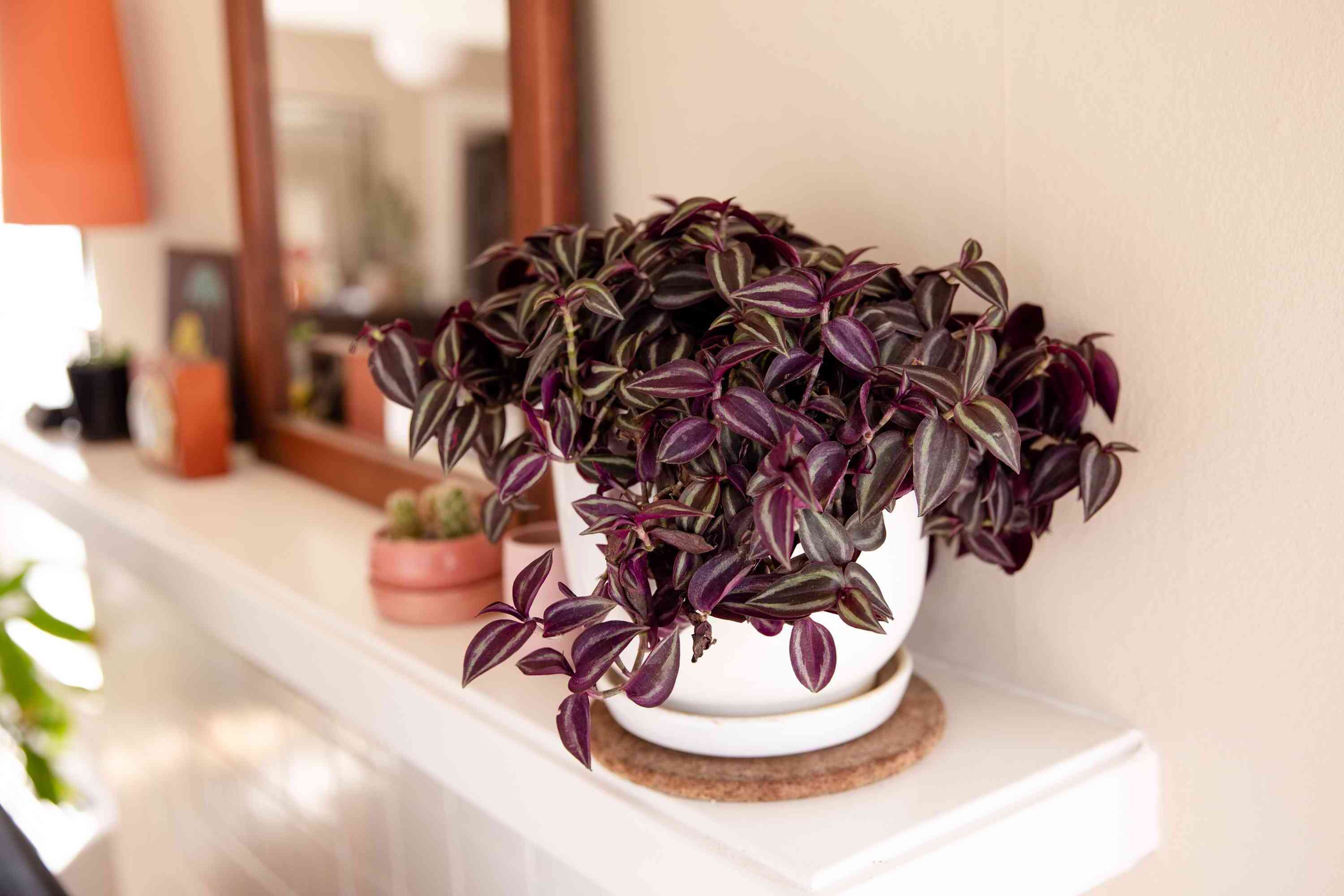

Ideas and Tips
Indoor Tradescantia Care Tips: A Colorful Trailing Plant Guide
Published: September 24, 2024
Discover essential tips for caring for your indoor Tradescantia, a vibrant trailing plant. Learn about lighting, watering, and more to keep it thriving.
(Many of the links in this article redirect to a specific reviewed product. Your purchase of these products through affiliate links helps to generate commission for Storables.com, at no extra cost. Learn more)
Introduction
Tradescantia, commonly known as Spiderwort or Wandering Jew, is a versatile and vibrant houseplant that has captured the hearts of many plant enthusiasts. Its trailing vines and colorful foliage make it an ideal addition to any indoor space, adding a pop of color and life to your home. In this comprehensive guide, we will delve into the intricacies of caring for your indoor Tradescantia, ensuring it thrives and remains a stunning centerpiece in your home.
Tradescantia is a fantastic plant for anyone looking to add a splash of color and texture to their indoor garden. With its trailing vines and striking foliage, it can brighten up any room. Plus, it's relatively easy to care for, making it a great choice for both novice and experienced plant parents. So, let's dive into the nitty-gritty of how to keep your Tradescantia happy and healthy.
Choosing the Right Variety
Before diving into care tips, it's essential to understand the different varieties of Tradescantia available. Some popular varieties include:
- Tradescantia Zebrina (Zebra Plant): Known for its striking striped leaves, this variety is a favorite among plant enthusiasts.
- Tradescantia Pallida (Purple Heart): Characterized by its deep purple leaves, this variety adds a touch of elegance to any room.
- Tradescantia Fluminensis (Small-leaf Spiderwort): This variety features small, delicate leaves and is often used in hanging baskets.
- Tradescantia Nanouk: A compact, colorful variety with pink and green striped foliage.
Each variety has unique characteristics, but they all share similar care requirements. Choosing the right variety depends on your aesthetic preferences and the specific conditions of your home. For instance, if you love bold colors, the Purple Heart might be your go-to. On the other hand, if you prefer something more delicate, the Small-leaf Spiderwort could be a perfect fit.
Lighting Requirements
Lighting is one of the most critical factors in caring for your Tradescantia. These plants prefer bright, indirect light but can tolerate some direct sunlight. However, direct sunlight should be avoided as it can cause the leaves to become scorched and lose their vibrant colors.
Ideal Lighting Conditions
- Bright Indirect Light: Place your Tradescantia near a window that receives bright indirect light. East or West-facing windows are ideal, as they provide gentle, consistent light throughout the day.
- Avoid Direct Sunlight: While some direct sunlight is acceptable, too much can damage the leaves. If you must place your plant in a sunny spot, ensure it is at least a few feet away from the window to avoid scorching.
- Northern Exposure: If you're placing your plant in a northern-facing window, it may not receive enough light. Consider using a grow light to supplement the natural light.
Signs of Insufficient Light
If your Tradescantia is not receiving enough light, you may notice the following:
- Fading Colors: The vibrant colors of the leaves will start to fade.
- Legginess: The stems may become longer and thinner as the plant stretches out in search of better light.
To keep your plant thriving, make sure it gets the right amount of light. If you notice any of these signs, try moving your plant to a brighter spot or supplementing with a grow light. Remember, happy plants make for a happy home!
Watering Tips
Watering is another crucial aspect of caring for your Tradescantia. These plants prefer moist soil but are susceptible to root rot if the soil is too wet. Here’s how to water your Tradescantia effectively:
Watering Frequency
- Check Soil Moisture: Water your plant when the top 50-75% of the soil feels dry to the touch. This is usually about half the depth of the pot.
- Water Thoroughly: Water your plant thoroughly until liquid flows through the drainage hole at the bottom of the pot. Discard any excess water that accumulates in the saucer to prevent root rot.
- Adjust Based on Light: If your plant is in a brighter location, it may need more frequent watering. Conversely, if it's in a lower-light area, it will require less water.
Signs of Overwatering
Overwatering can lead to several issues, including:
- Root Rot: The roots may start to rot, causing the plant to decline.
- Yellowing Leaves: The leaves may turn yellow and drop off.
- Browning Edges: The edges of the leaves may turn brown.
Signs of Underwatering
Underwatering can also cause problems:
- Wilting: The leaves may wilt and droop.
- Leaf Drop: The leaves may drop off if the soil is too dry for an extended period.
To avoid these issues, it's essential to find the right balance. Keep an eye on your plant and adjust your watering routine as needed. With a little attention, your Tradescantia will thrive and continue to bring joy to your home.
Humidity Preferences
Tradescantias prefer higher humidity but can adapt to normal household humidity levels. To keep your plant happy and healthy, consider the following:
Ideal Humidity Levels
- Higher Humidity: Tradescantias thrive in environments with higher humidity. You can increase the humidity around your plant by placing it on a wet pebble tray or using a humidifier.
- Normal Household Humidity: If you don't have a humidifier, your plant will still do well in normal household humidity levels between 20-30%.
Signs of Low Humidity
If the humidity is too low, you may notice:
- Browning Leaves: The leaves may start to brown around the edges.
- Wilting: The plant may wilt and droop.
To maintain the right humidity levels, consider misting your plant regularly or placing it in a more humid room, like the bathroom or kitchen. By keeping the humidity in check, you'll ensure your Tradescantia stays lush and vibrant.
Temperature Preferences
Tradescantias prefer mild temperatures between 60-75°F (15-24°C). Avoid placing your plant near drafty windows, doors, or in front of AC or heating units as sudden drops in temperature or fluctuating drafts can cause leaf drop.
Ideal Temperature Range
- Mild Temperatures: Keep your plant in a spot with consistent temperatures between 60-75°F (15-24°C).
- Avoid Extreme Temperatures: Avoid placing your plant near heating vents or air conditioning units as this can cause stress.
By keeping your Tradescantia in a stable environment, you'll help it thrive and grow. Remember, consistency is key when it comes to temperature and humidity.
Soil Requirements
Tradescantias prefer well-draining potting mix to prevent root rot. You can add perlite or sand to the soil mix for better drainage.
Ideal Soil Mix
- Well-Draining Mix: Use a high-quality all-purpose potting soil that drains well.
- Add Perlite or Sand: Mix in perlite or sand to improve drainage and prevent waterlogged soil.
By providing the right soil conditions, you'll ensure your Tradescantia has a healthy root system and continues to grow beautifully.
Fertilization
Fertilizing your Tradescantia is essential for its growth and health. Here’s how to fertilize your plant effectively:
Fertilization Frequency
- Monthly Fertilization: Fertilize your plant once a month during the growing season (spring and summer) with a balanced liquid fertilizer.
- Reduced Fertilization: During the winter months, reduce fertilization to once every two months or cut it out completely.
Preparing Soil for Fertilization
Before applying fertilizer, ensure the soil is damp. This will help the fertilizer absorb better and prevent burning the roots.
By following these fertilization tips, you'll provide your Tradescantia with the nutrients it needs to thrive and grow.
Pruning and Propagation
Pruning and propagation are crucial for maintaining the health and appearance of your Tradescantia.
Pruning
Pruning helps control the plant's size, encourages branching, and promotes fuller growth.
- Pinch Off Stems: Pinch off long vines at joints or tender new growth at the end of stems to encourage branching.
- Trim Back Vines: Trim back vining types if they become leggy to encourage a fuller habit.
Propagation
Tradescantias are easy to propagate using stem cuttings.
- Take Stem Cuttings: Take stem cuttings of about 4-6 inches in length.
- Remove Lower Leaves: Remove lower leaves to expose nodes.
- Place in Water or Soil: Place the cuttings in a jar of water or moist potting mix. Keep it in bright, indirect light and top off the water vessel once it gets low.
- Root Development: Roots usually develop within 2-4 weeks. Once the roots get about 2-3 inches in length, you can pot up the new plants into a container with fresh potting mix.
By pruning and propagating your Tradescantia, you'll keep it looking its best and even create new plants to share with friends and family.
Common Problems
Despite proper care, Tradescantias can still face some common problems. Here are some symptoms and their causes:
Legginess
Cause: Insufficient light
Symptom: The stems become longer and thinner as the plant stretches out in search of better light.
Browning Leaves
Cause: Underwatered, low humidity, or too much direct sunlight
Symptom: The leaves may turn brown around the edges or drop off entirely.
Yellowing Leaves
Cause: Overwatering
Symptom: The leaves may turn yellow and drop off.
By keeping an eye out for these common problems and addressing them promptly, you'll ensure your Tradescantia stays healthy and vibrant.
Precautions
Tradescantias are mildly toxic to humans and pets if ingested. Keep your plant out of reach of pets and children to avoid any potential harm.
Conclusion
Caring for your indoor Tradescantia is a rewarding experience that requires attention to detail but yields beautiful results. By understanding the lighting, watering, humidity, temperature, soil, fertilization, pruning, and propagation requirements of this versatile plant, you can ensure it thrives and remains a stunning addition to your home. With these tips, you'll be well-equipped to handle any challenges that may arise and enjoy the vibrant colors and trailing vines of your Tradescantia for years to come.
Was this page helpful?
At Storables.com, we guarantee accurate and reliable information. Our content, validated by Expert Board Contributors, is crafted following stringent Editorial Policies. We're committed to providing you with well-researched, expert-backed insights for all your informational needs.
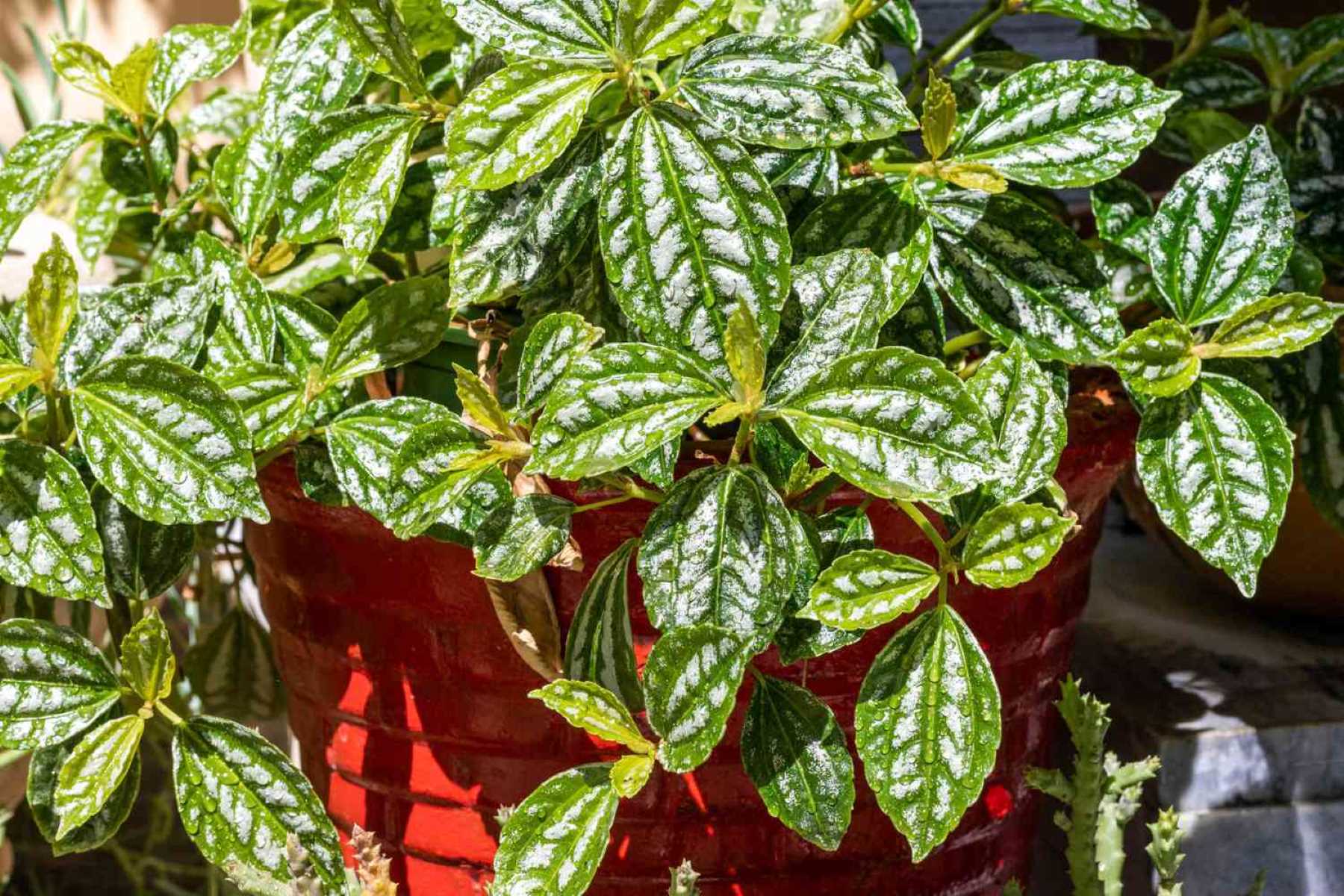
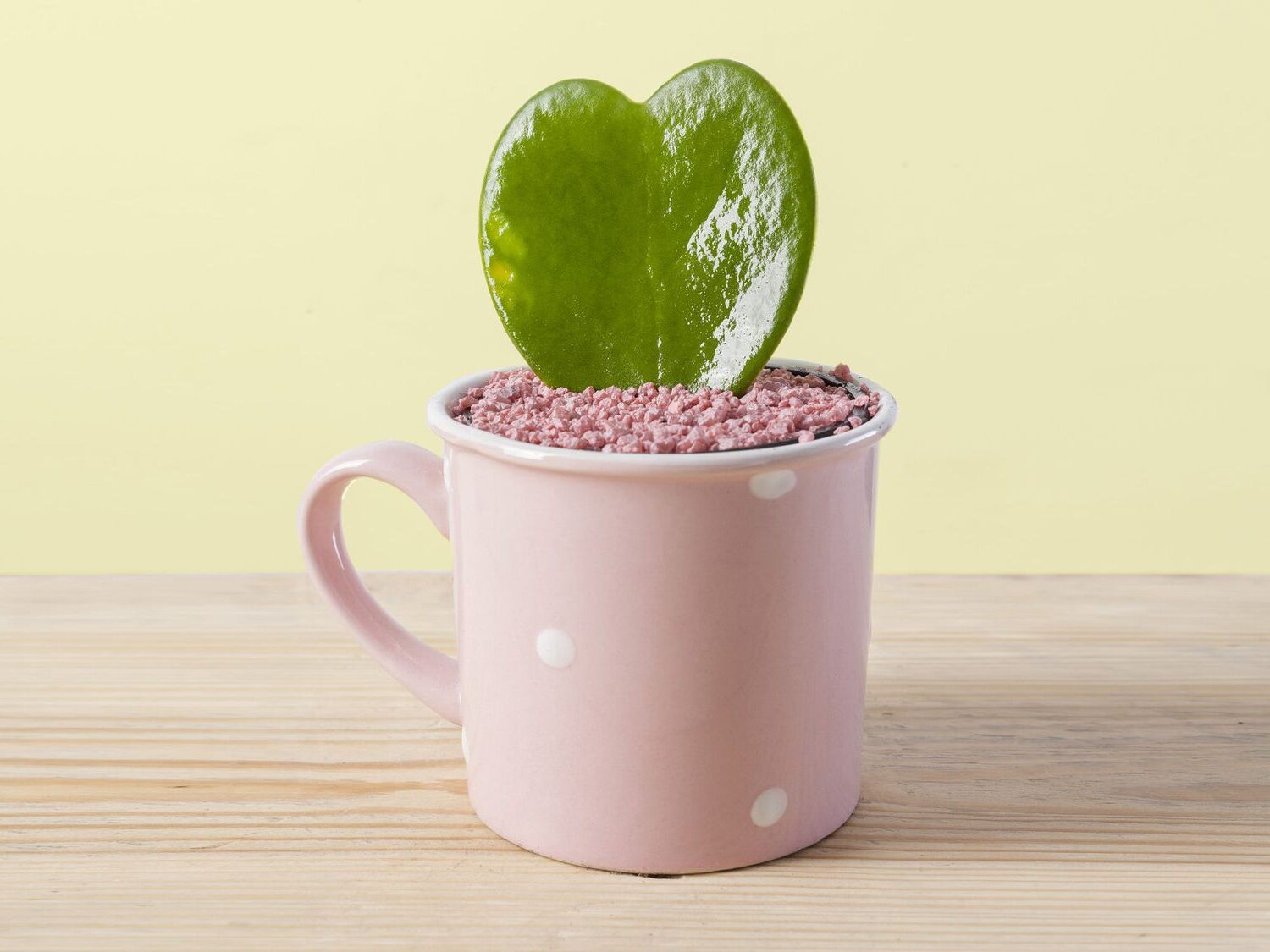
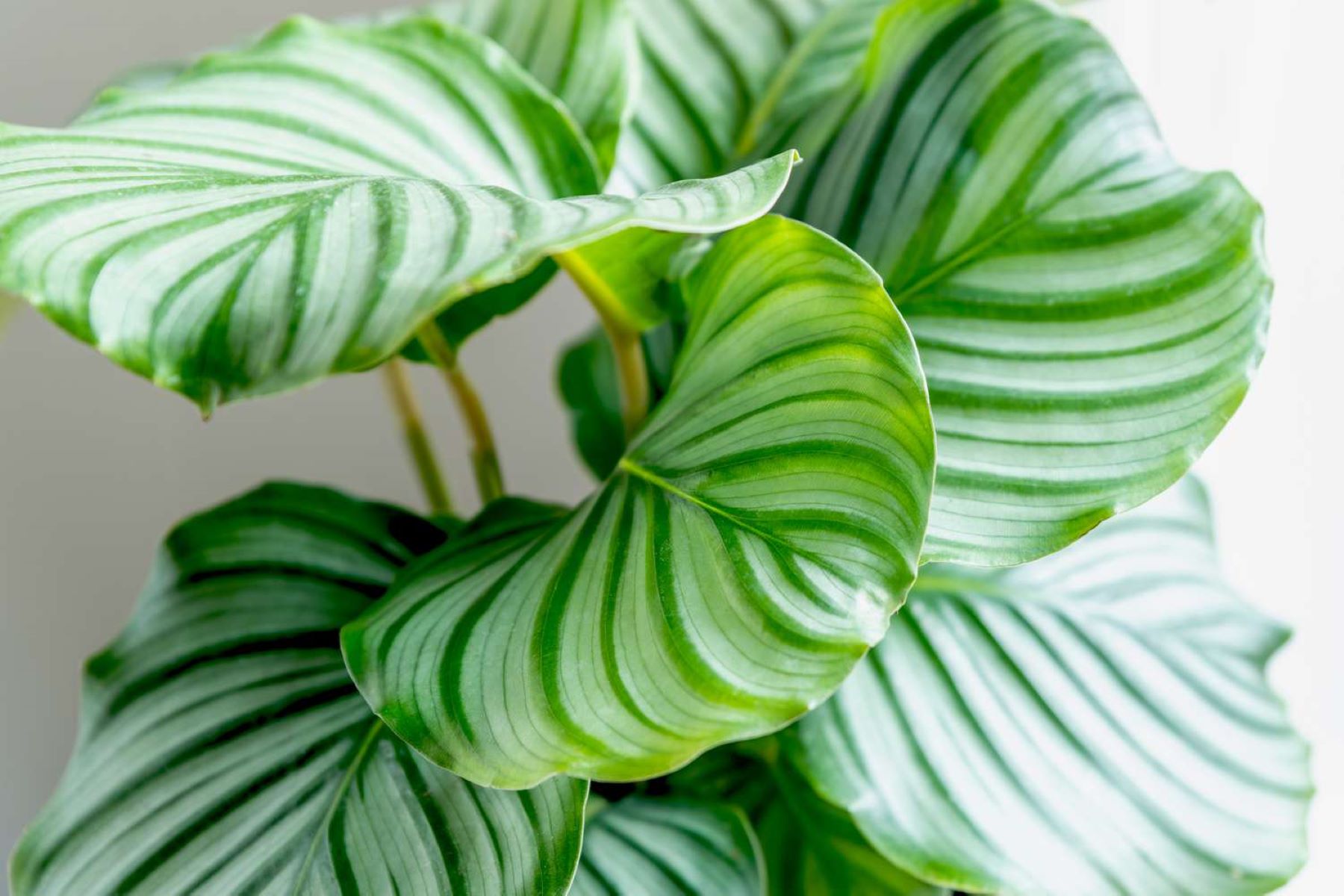
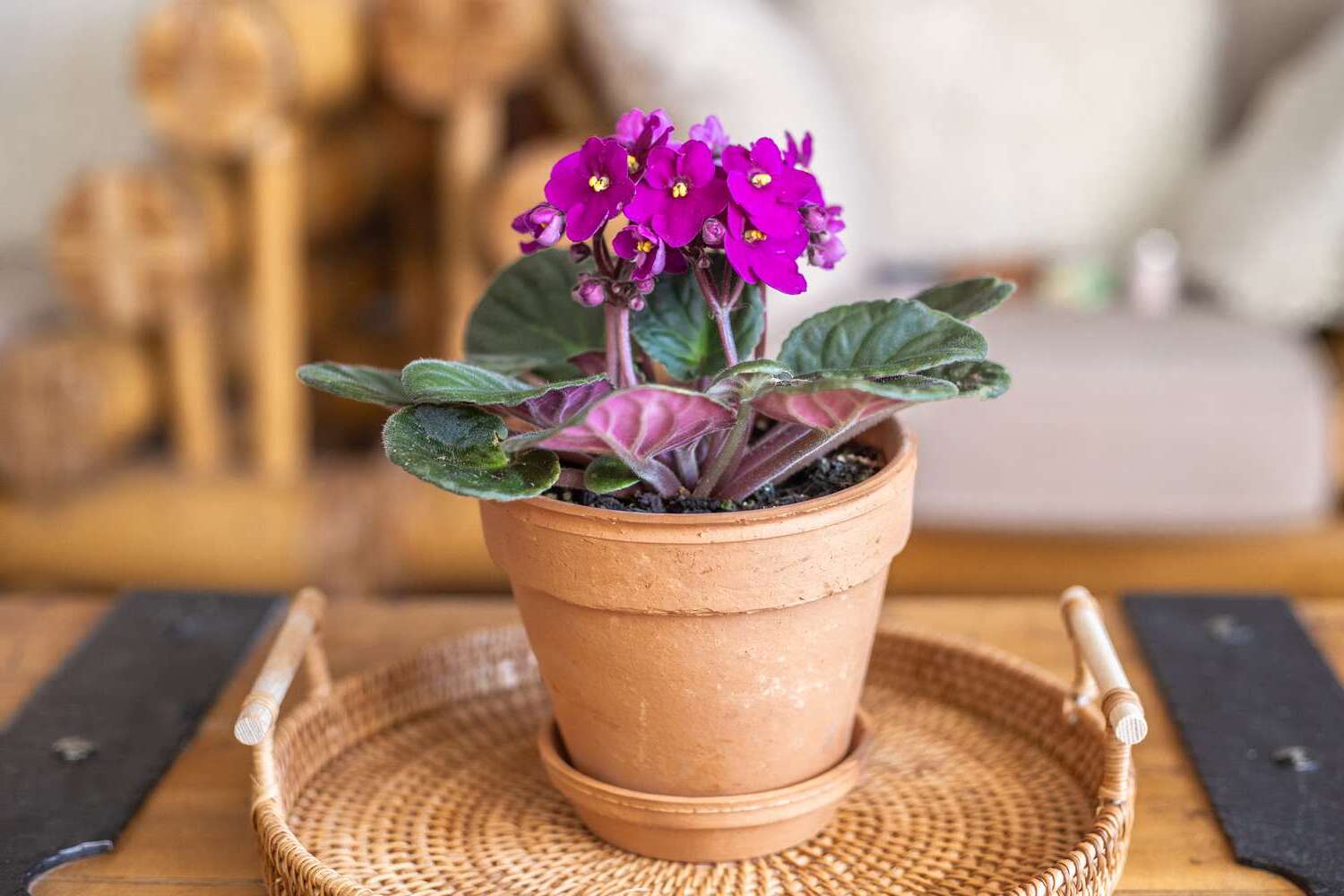
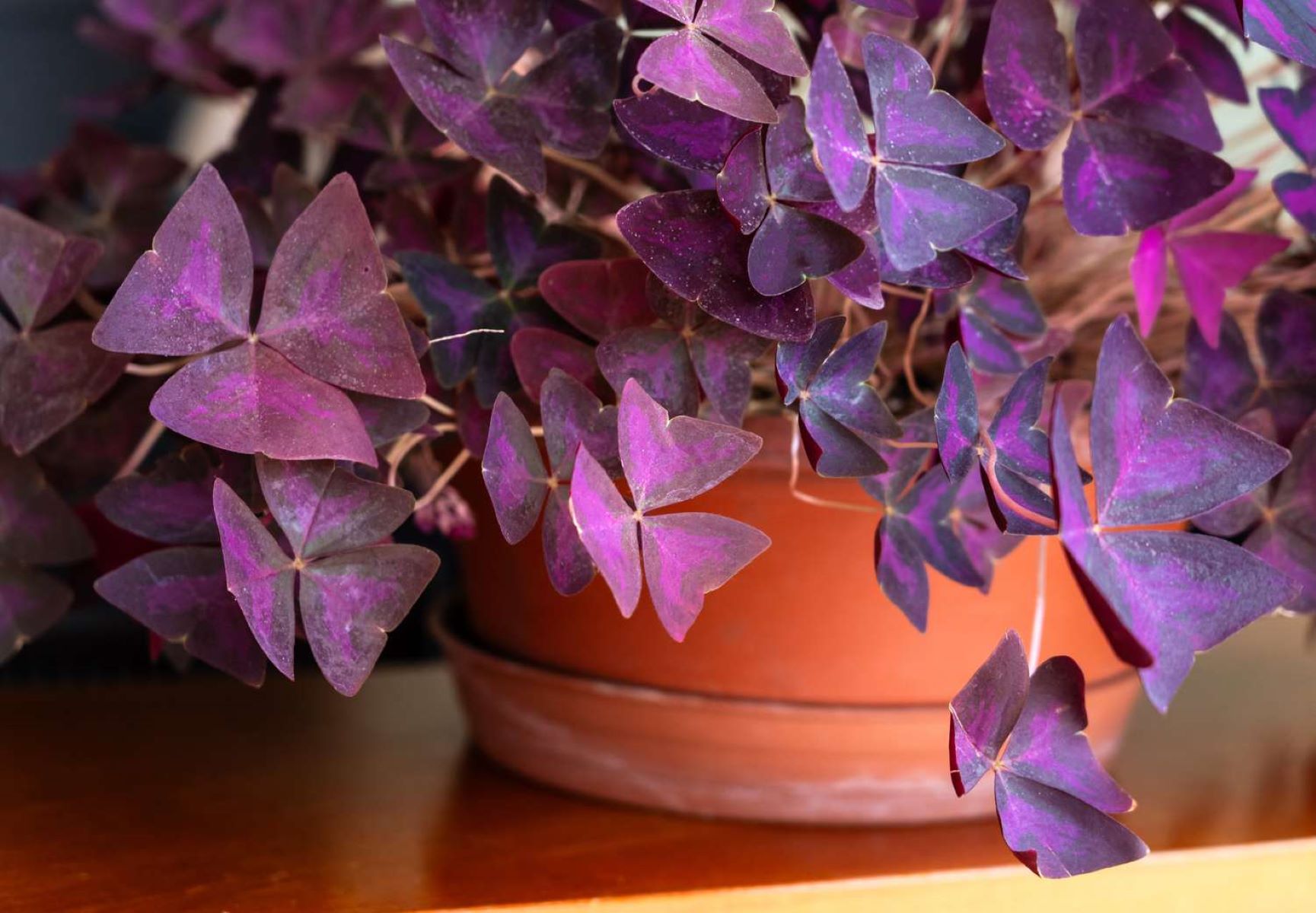
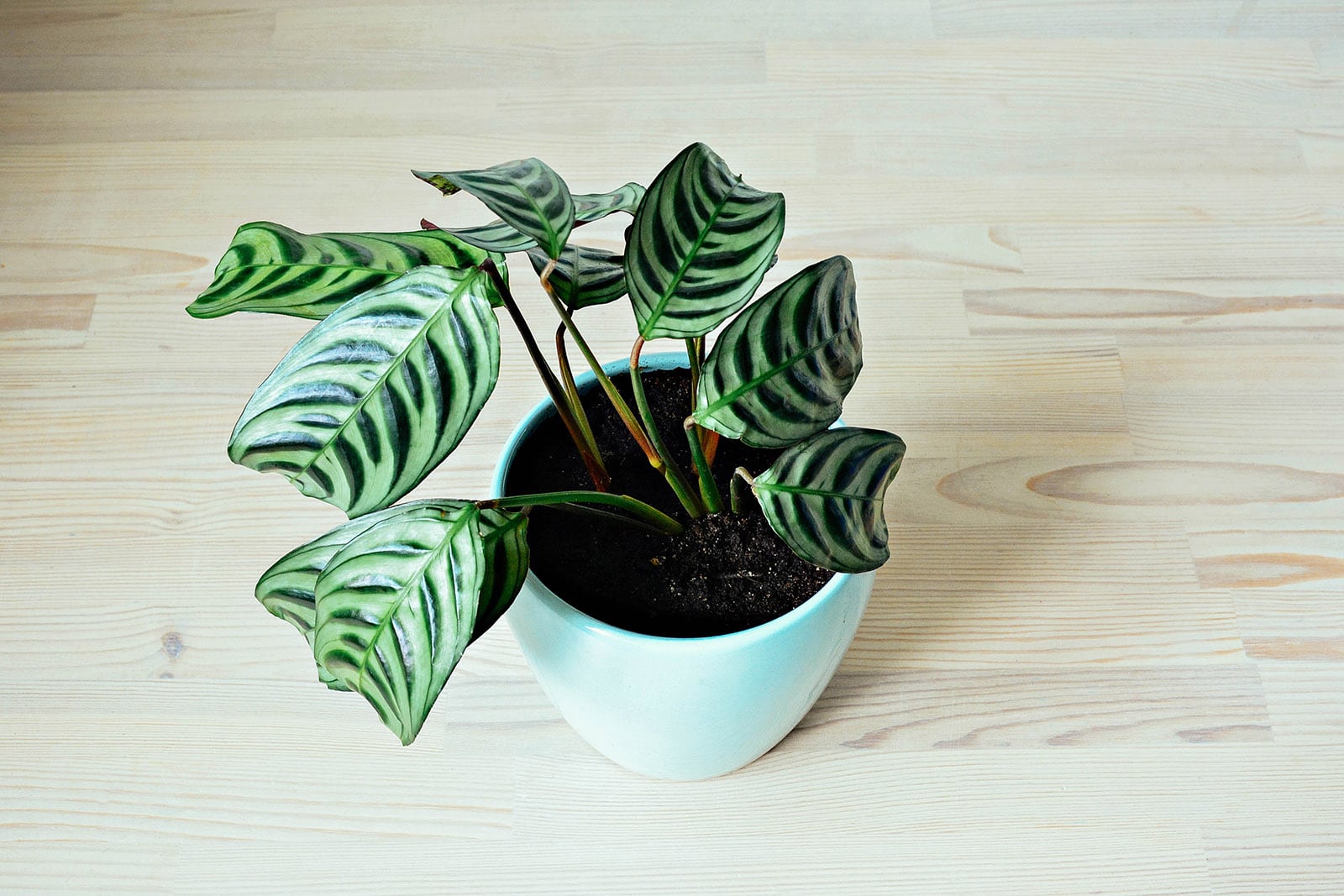
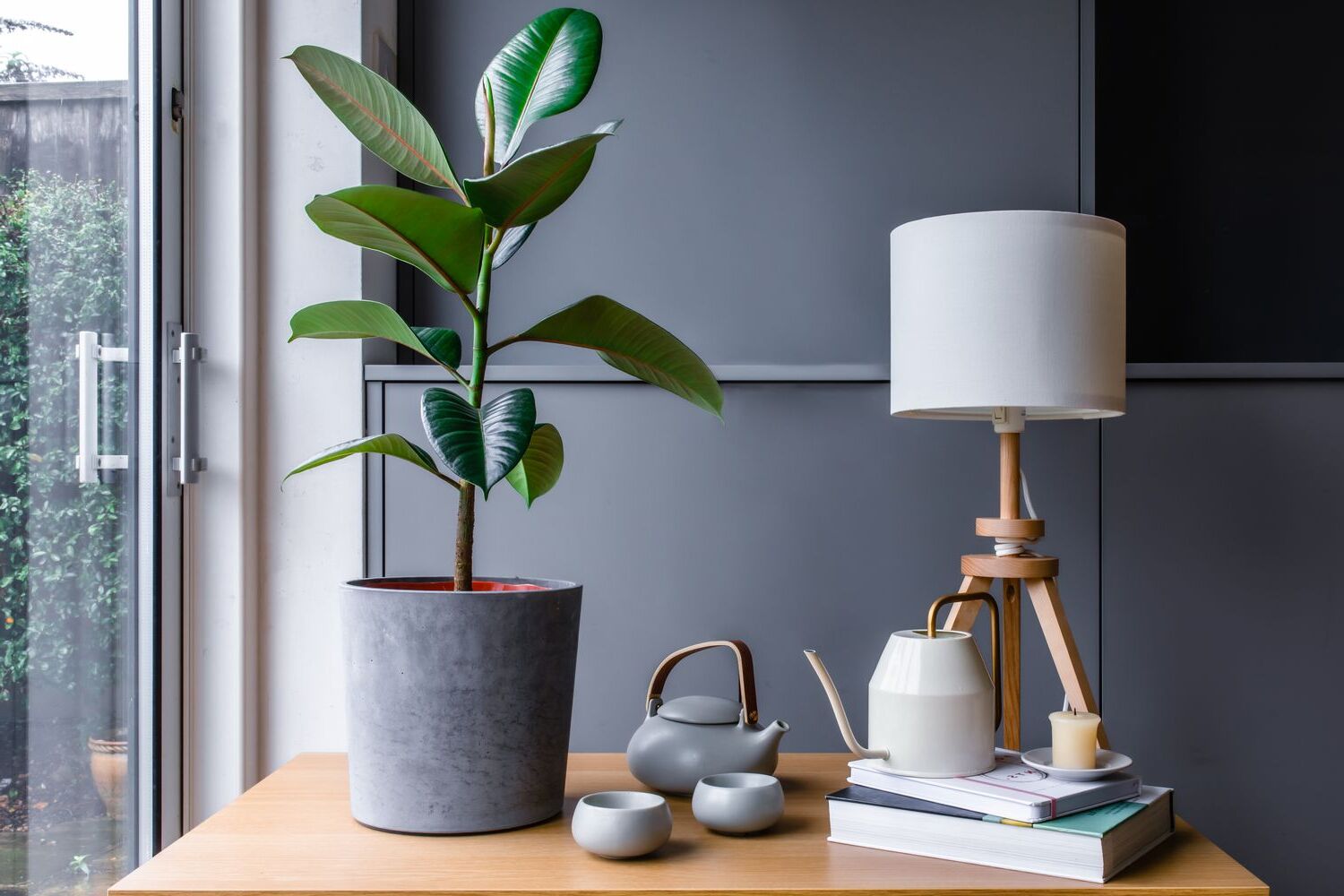
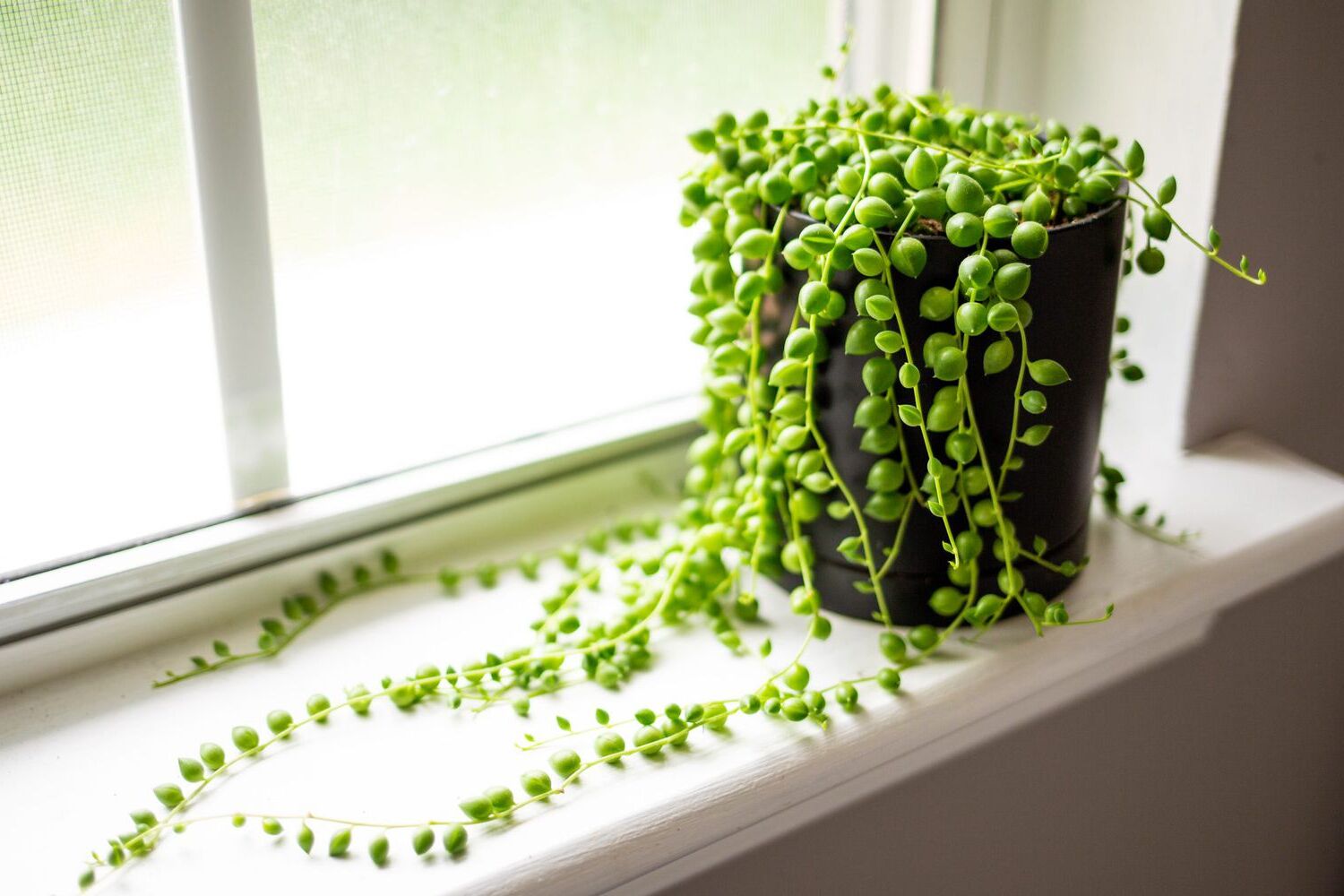
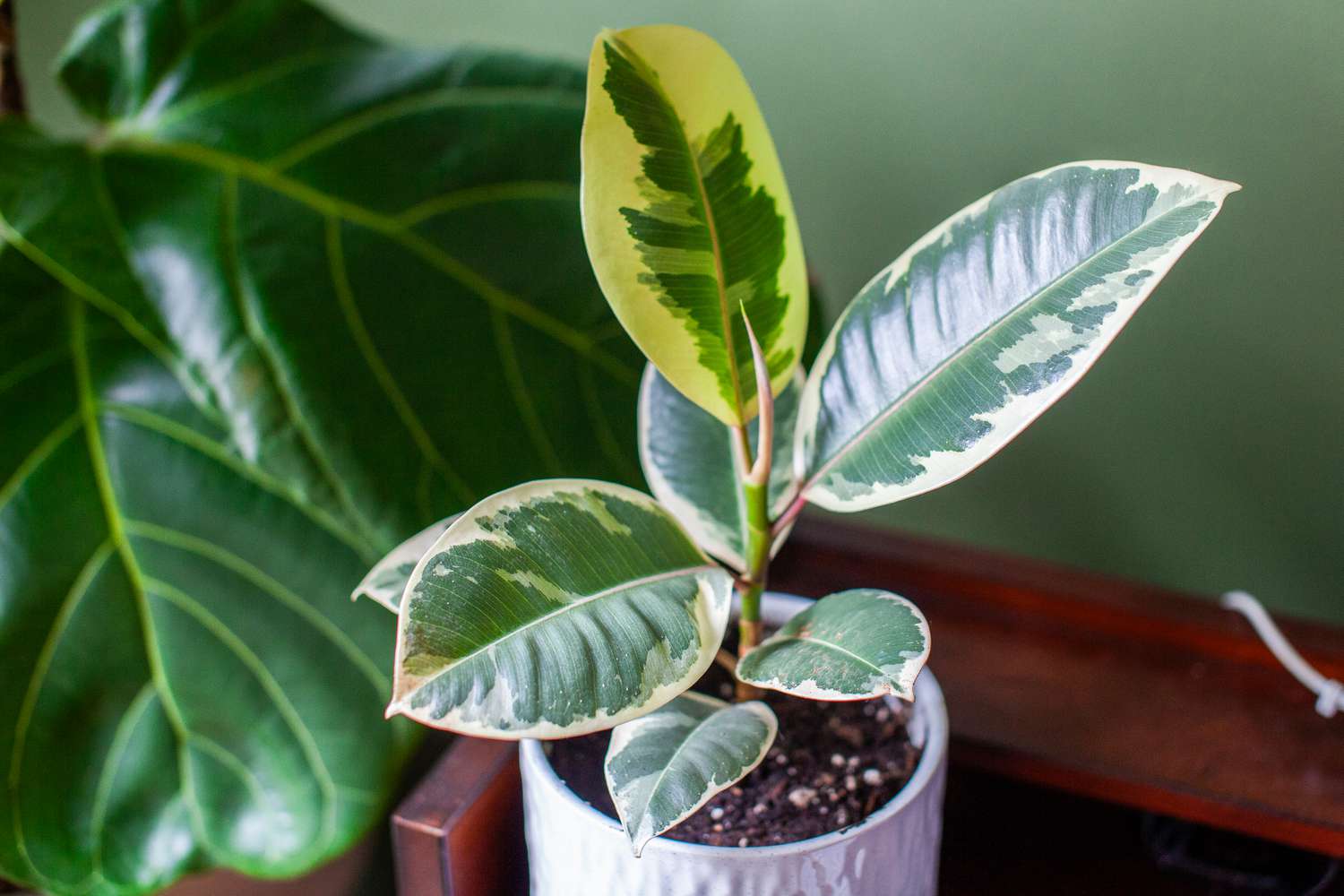

0 thoughts on “Indoor Tradescantia Care Tips: A Colorful Trailing Plant Guide”